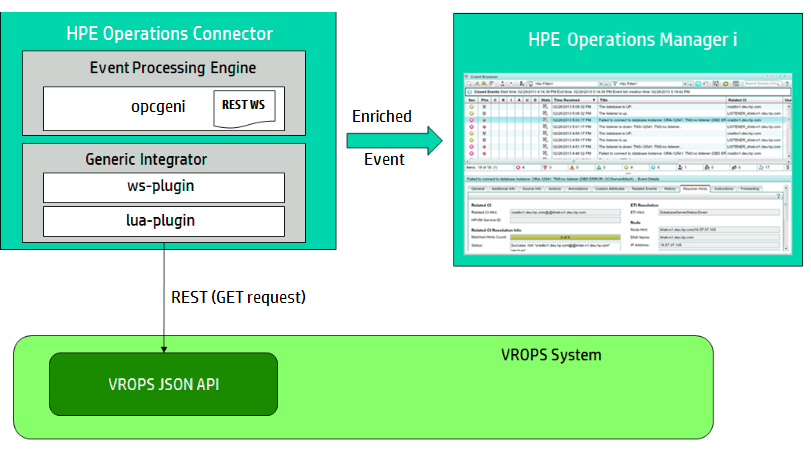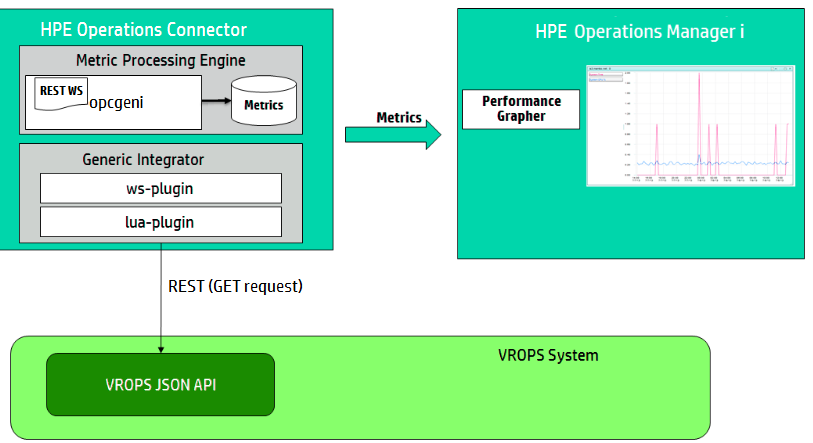Searching the Help
To search for information in the Help, type a word or phrase in the Search box. When you enter a group of words, OR is inferred. You can use Boolean operators to refine your search.
Results returned are case insensitive. However, results ranking takes case into account and assigns higher scores to case matches. Therefore, a search for "cats" followed by a search for "Cats" would return the same number of Help topics, but the order in which the topics are listed would be different.
| Search for | Example | Results |
|---|---|---|
| A single word | cat
|
Topics that contain the word "cat". You will also find its grammatical variations, such as "cats". |
|
A phrase. You can specify that the search results contain a specific phrase. |
"cat food" (quotation marks) |
Topics that contain the literal phrase "cat food" and all its grammatical variations. Without the quotation marks, the query is equivalent to specifying an OR operator, which finds topics with one of the individual words instead of the phrase. |
| Search for | Operator | Example |
|---|---|---|
|
Two or more words in the same topic |
|
|
| Either word in a topic |
|
|
| Topics that do not contain a specific word or phrase |
|
|
| Topics that contain one string and do not contain another | ^ (caret) |
cat ^ mouse
|
| A combination of search types | ( ) parentheses |
|
VMware vRealize Operations Manager
Operations Connector for VMware vRealize Operations Manager (OpsCx for VROPS) integrates VMware® vRealize™ Operations Manager™ (VROPS) and Operations Manager i (OMi) so that the gathered systems-management data in a VROPS environment is made available to the OMi solution. Such data can then be monitored and processed effectively within OMi. OpsCx for VROPS therefore enables you to establish a link between VROPS environment and operations management in OMi.
Using VROPS
OpsCx for VROPS is essentially a product complementary to Operations Connector (OpsCx). It enhances Operations Connector to provide the following functionality:
-
Collecting VROPS alerts (events), monitored objects (topology), and performance data (metrics) from a VROPS environment. Alerts are generated when events occur on the monitored objects, when data analysis indicates deviations from normal metric values, or when a problem occurs with one of the VROPS components.
-
Mapping the collected data to an OMi-compliant form.
-
Customizing data collection and data mapping.
The basic part of OpsCx for VROPS is the Generic Integrator module (GenInt). It provides OpsCx for VROPS with common functionality for integrating Operations Connector and other third‑party systems, storage, or infrastructure management application.
Setup Options
Deployment options for OpsCx for VROPS are bound by Operations Connector, both products must be installed on the same system. You can choose between the following setups of OpsCx for VROPS:
-
Consolidated setup
In a consolidated setup, Operations Connector and the entire OpsCx for VROPS reside in the VROPS virtual machine, within the VROPS architecture. Such setup provides the shortest data path from VROPS to Operations Connector.
-
Distributed setup
In a distributed setup, Operations Connector and OpsCx for VROPS reside on a dedicated integration server outside the VROPS architecture.
VROPS Events in OMi Environment
OpsCx for VROPS makes VROPS events available in OMi as follows (the process is repeated at regular intervals):
-
Events are collected from VROPS with a Web Service request to the VROPS virtual machine.
-
In OpsCx for VROPS, the collected events are preprocessed with a Lua script, and then sent to the REST Web Service endpoint of Operations Connector.
In case of a distributed setup, when the data is sent to the endpoint, it is transmitted from the VROPS virtual machine to the Operations Connector host.
-
The preprocessed events are mapped using an Operations Connector policy of the
REST Web Service Listenertype, and then forwarded to OMi.By default, the event integration in OpsCx for VROPS provides rules for mapping two event type indicators (ETIs). Each event is tested if it matches a rule in the policy. If it does, the event is mapped accordingly. To make sure all events are mapped, there is one generic rule that matches all events at the end of the rule list.
The collection, processing, and mapping of events can be configured as part of advanced configuration of OpsCx for VROPS.
Figure 1. Architectural overview of the VROPS event integration with OMi, as implemented in a consolidated setup.

OpsCx for VROPS adds information to events acquired from VROPS with two additional attributes:
-
Related configuration item (CI): The name of the object that triggered the original alert within the VROPS infrastructure
-
Drill-down URL: The web hyperlink, available in the Forwarding page of the Event Browser in OMi, which leads you to the corresponding alert in the VROPS vSphere UI
OpsCx for VROPS also supports close-state propagation of events. Whenever an alert is canceled in VROPS, the corresponding event in OMi is closed. Due to a limitation of VROPS, OpsCx for VROPS does not enable backward synchronization of events. The opposite flow is not possible for the following scenario: When an event is closed in OMi, the corresponding alert in VROPS is not canceled.
VROPS Topology in OMi Environment
OpsCx for VROPS dynamically propagates the VROPS topology data to OMi as follows (the process is repeated regularly):
-
Topology structures are collected from VROPS with a Web Service request to the VROPS virtual machine.
-
In OpsCx for VROPS, the collected topology data is preprocessed with a Lua script, and then stored in an XML file on the Operations Connector host.
In case of a distributed setup, data transmission from the VROPS virtual machine to the Operations Connector host takes place in after preprocessing and before storage.
-
The preprocessed topology data is mapped using an Operations Connector policy of the
XML Filetype, and then forwarded to OMi.
The collection, processing, and mapping of the topology data can be configured as part of advanced configuration of OpsCx for VROPS.
Figure 2. Architectural overview of the VROPS topology integration with OMi, as implemented in a distributed setup.

VROPS topology structure is mapped to an equivalent structure in OMi. The topology structure is constructed from three topology entity types:
-
Configuration items (CIs) (objects in VROPS)
-
CI attributes (object attributes in VROPS)
-
Relations between CIs (relations between objects in VROPS)
When a CI is still present in OMi, but its corresponding original object no longer exists in the VROPS-managed infrastructure, OMi initiates the deletion only when the CI's last update time falls out of the aging time threshold configured in the Operations Connector policy for VROPS topology. Therefore, such CI is not necessarily deleted immediately after the next topology collection query executed by OpsCx for VROPS.
In scope of topology collection, OpsCx for VROPS also acquires and forwards identification data of the integrated systems-management application (VROPS) to OMi. VROPS is therefore presented in the Operations Manager i console as the origin of the collected topology data.
VROPS Metrics in OMi Environment
OpsCx for VROPS makes VROPS metrics available in OMi as follows (the process is repeated regularly):
-
Metric structures are collected from VROPS with a Web Service request to the VROPS UI virtual machine.
-
In OpsCx for VROPS, the collected metrics are sent to the REST Web Service endpoint of Operations Connector.
-
The preprocessed metrics are mapped using an Operations Connector policy of the
REST Web Service Listenertype, and then forwarded to OMi.
In case of a distributed setup, when the data is sent to the endpoint, it is transmitted from the VROPS virtual machine to the Operations Connector host.
The collection and mapping of metrics can be configured as part of advanced configuration of OpsCx for VROPS.
Figure 3. Architectural overview of the VROPS metric integration with OMi, as implemented in a consolidated setup.

The mapped metrics are visually presented in Operations Manager i with the help of graph templates provided by OpsCx for VROPS. The visual metric representation is available at Workspaces > Operations Console > Performance Perspective > Performance > Graphs.
We welcome your comments!
To open the configured email client on this computer, open an email window.
Otherwise, copy the information below to a web mail client, and send this email to ovdoc-asm@hpe.com.
Help Topic ID:
Product:
Topic Title:
Feedback:





